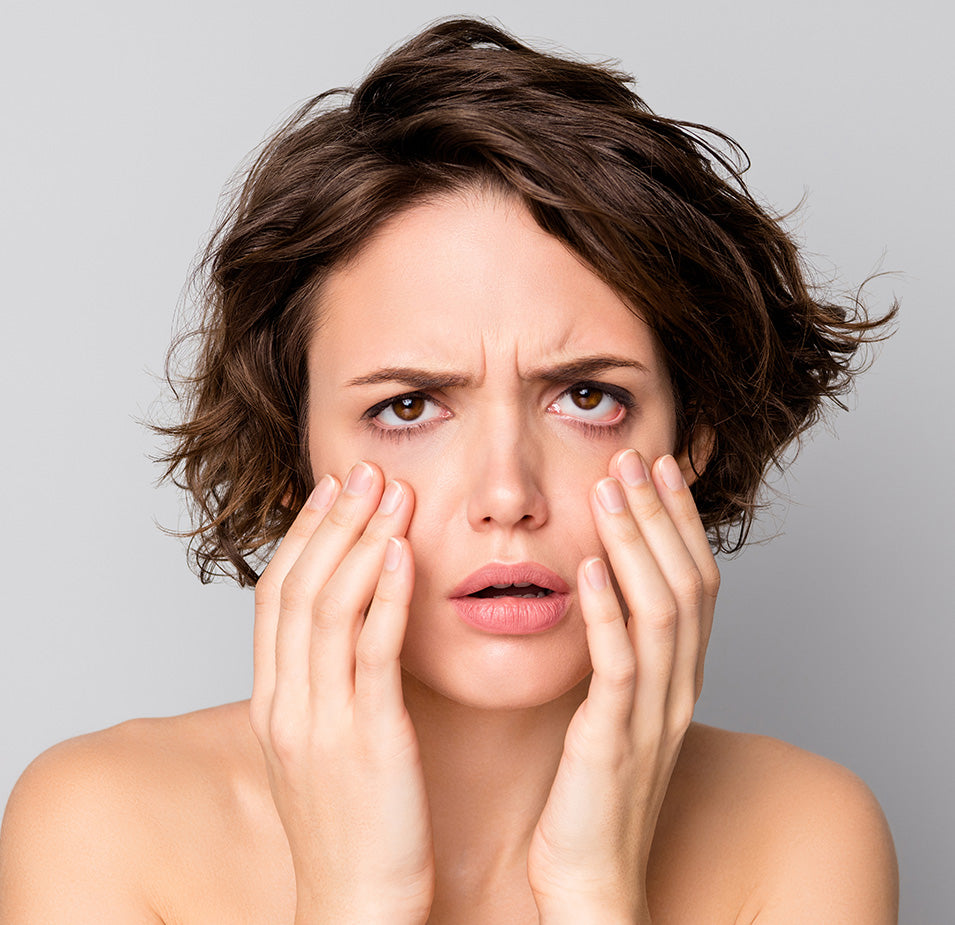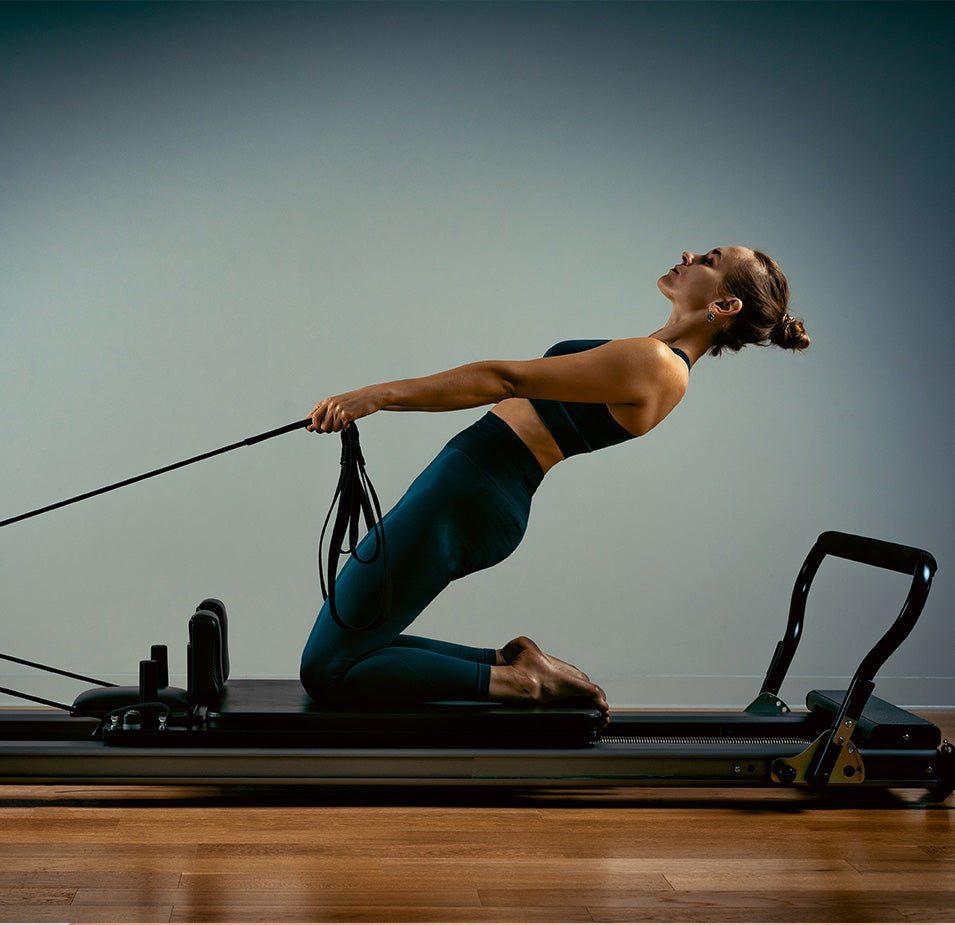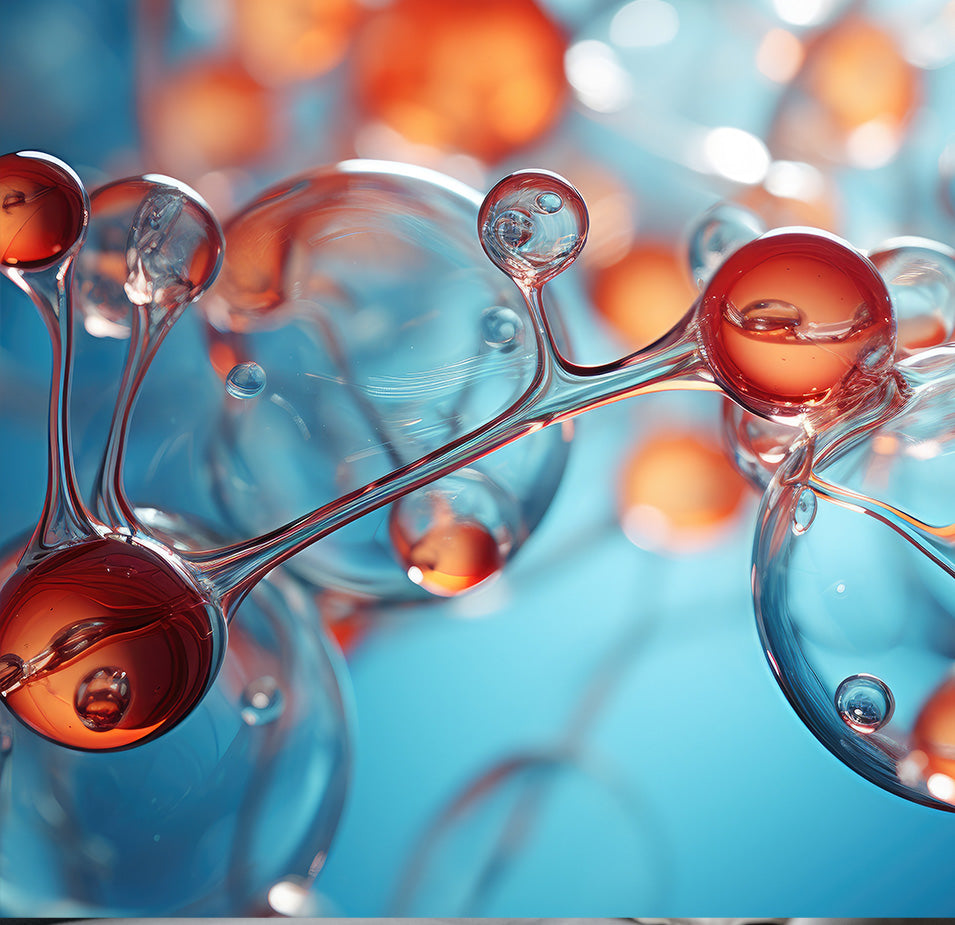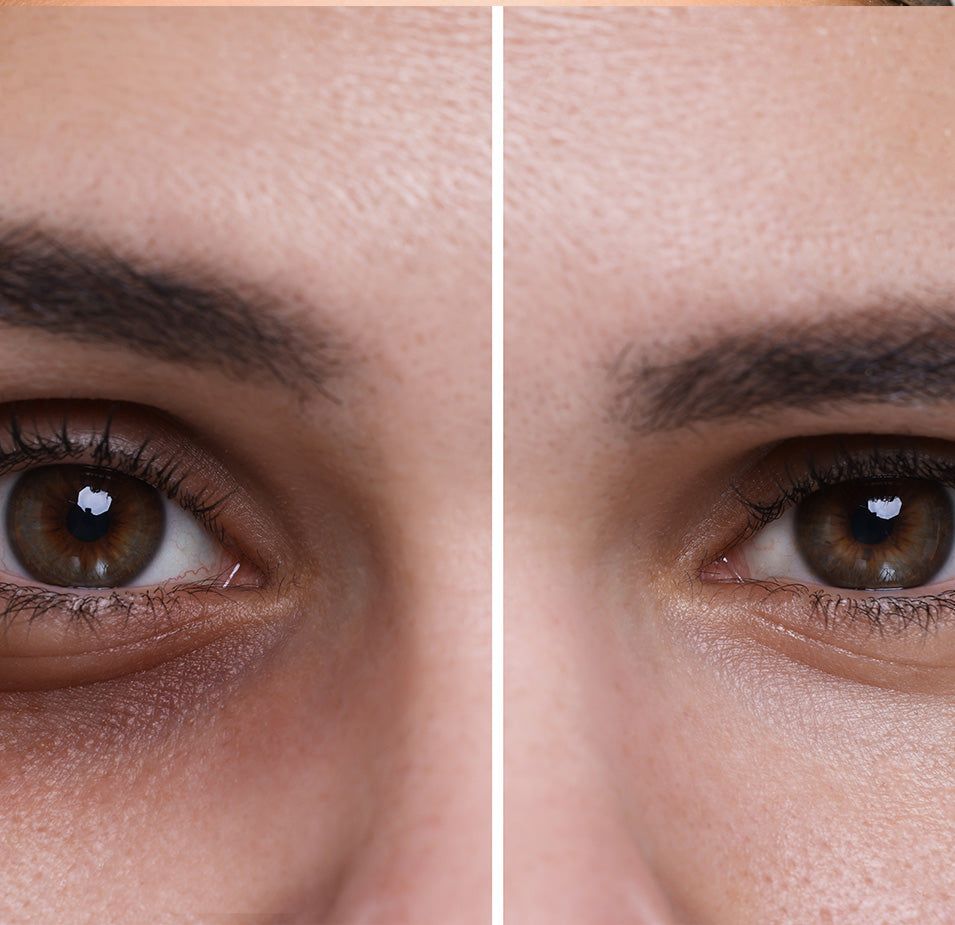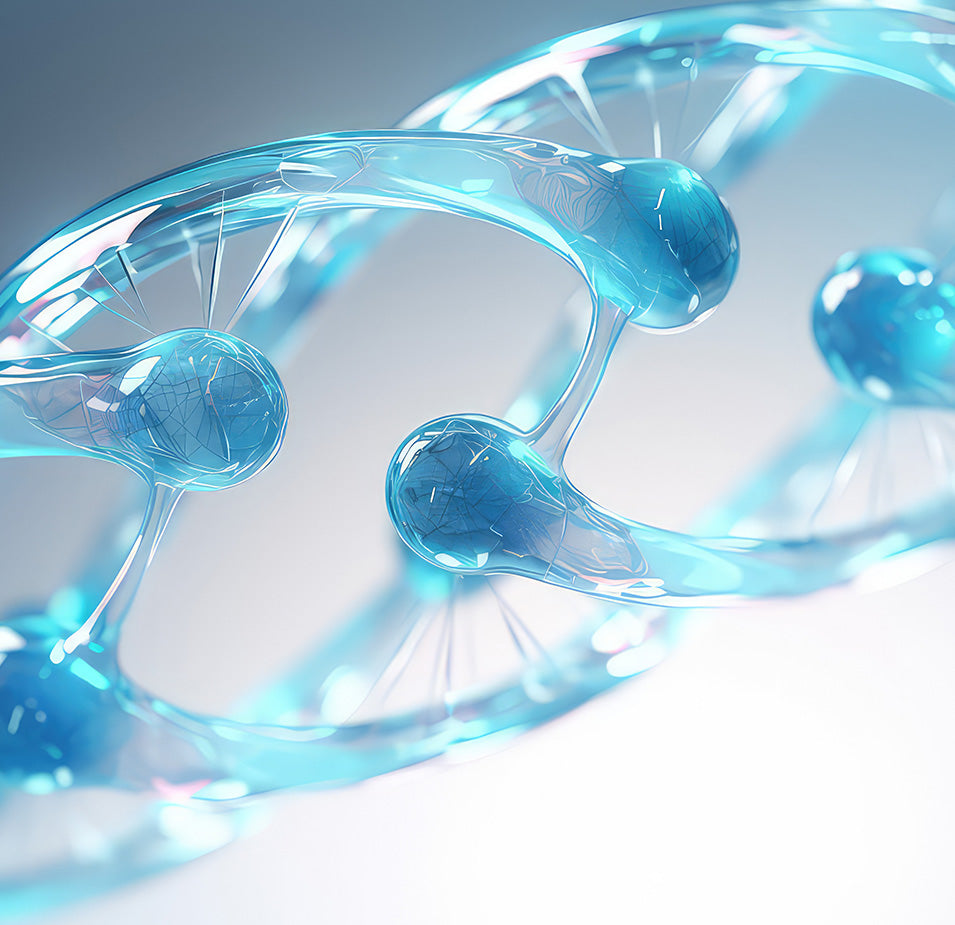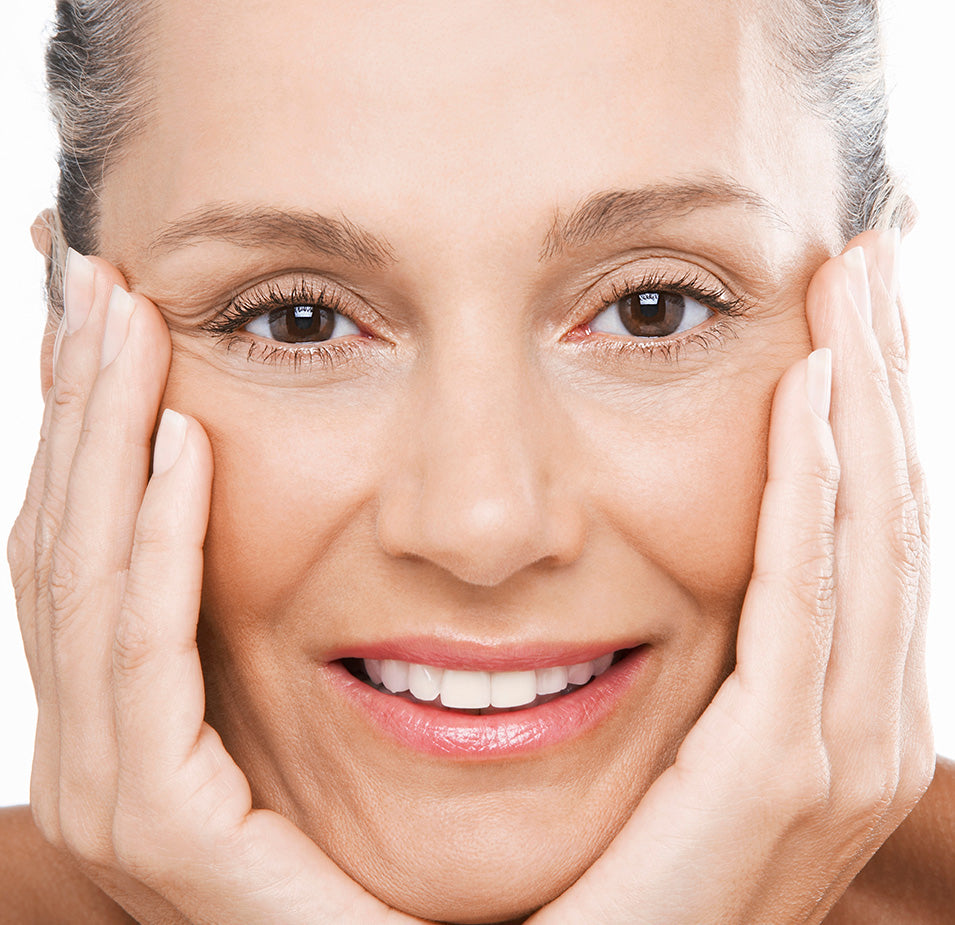
Winter may be the toughest season for our skin, but warm weather comes with its own set of challenges. While cold weather can lead to chapping, irritation, and inflammation, higher temperatures often come with increased sun exposure and sweating. These warm weather conditions can spell disaster for skin health and appearance. Fortunately, with the right skincare practices, summer skin problems can be kept at bay.
How does warm weather affect the skin?
The effects of the summer season on the skin are not all negative. Increased humidity in the air can help your skin retain moisture, temporarily plumping and reducing wrinkles. On top of that, a warm-weather flush can give your skin an attractive, rosy glow. Nonetheless, humidity, high temperatures, and prolonged sun exposure can lead to a host of issues.
In warm weather, the body produces sweat to help regulate its temperature. Sweating can lead to dull, dehydrated skin if moisture is not replenished. Excessive sweating also draws in dirt particles and pollutants from the atmosphere, which can cause an uncomfortable “crawling” sensation and may lead to breakouts.
Warm weather and your skin type
The intrinsic makeup of your skin can influence how it responds to environmental factors like humidity, temperature, and pollutants. Genetics, hormones, and age play important roles. By understanding where you fit in on the skin type spectrum, you can identify the skincare practices that best suit your needs.
Genetics
Seasonal changes impact different ethnic groups differently based on genetic skin type. For example, Caucasians have less protective melanin in the skin and are therefore more sensitive to sun damage and photoaging.
Hormonal fluctuations
Hormones are hidden substances that greatly impact all of the body’s systems, including skin health. Hormonal imbalances can increase sebum production, which clogs the pores and causes acne, breakouts, and inflammation.
Age
Skin elasticity decreases drastically during hot summer months. This effect is more pronounced the older you are. Exposure to repeated temperature fluctuations (for example, moving between air-conditioned rooms and hot outdoor environments) can cause you to lose skin firmness and develop sagging.
Summer skincare tips: how to treat your skin in warm weather
Weather, humidity, and temperature have a great bearing on the way your skin looks and feels. If you want healthy skin year-round, take note of the expert advice below.
Beating Summer Acne

For those with sensitive skin, increased sweating can lead to acne flareups. This is because hot and humid weather also increases the secretion of sebum, an oily substance your skin naturally produces to restore the skin’s moisture content. This oil can trap dirt, pollutants, and accumulated dead skin cells, all of which clog pores and create the perfect storm for breakouts.
|
Dermatologist Tips
|
Avoiding Heat Rashes

For some of us, a day in the sun leads to prickly, itchy, inflamed skin—a condition known as heat rash. This is a result of trapped perspiration in sweat glands leading to the development of small blisters and bumps. Wearing tight clothes or irritable fabric can further aggravate this problem.
|
Dermatologist Tips
|
Hydration Maintenance

Hydration is a major piece of the skin health puzzle. When we sweat, our body is quite literally shedding moisture. It’s important to replenish water content in order to avoid becoming dehydrated, which can lead to dry and irritated skin, chapped lips, and blotchy marks—not to mention the other systemic health dangers of dehydration.
|
Dermatologist Tips
|
Sun Protection

Rosy, sunburned cheeks might be a trending look on TikTok, but that’s what blush is made for. The dangers of excessive sun exposure for skin health cannot be emphasized enough. Sunburn is painful on its own and can lead to more serious issues, like lasting hyperpigmentation and heightened risk of skin cancer. Even one burn can significantly alter your skin’s composition. If you’re spending extended periods of time outdoors, make sun protection your top priority.
|
Dermatologist Tips
|
Complexion Changes

While you may like the way your skin gets a few shades darker in the summertime, extreme caution is needed to avoid lasting damage. Long-term exposure to sun causes the skin to increase its production of melanin, the pigment that determines skin tone. When harmful UV rays penetrate the skin, the skin cells are triggered to produce more melanin as a shield against further radiation damage. Developing a tan is a natural process through which the body shields itself from sun damage, but too much or high-intensity sun exposure can lead to hyperpigmentation and long-lasting skin damage.
|
Dermatologist Tips
|
Preventing Infections

Hot weather, humidity, and perspiration create a perfect environment for bacteria and viruses to grow. Especially in people with pre-existing skin conditions such as eczema, the summer season can trigger skin irritation due to sweat and dirt buildup.
|
Dermatologist Tips
|
Can sun exposure cause premature aging?
Photoaging, defined as physical signs of aging like wrinkles and sunspots, is the result of excessive sun exposure. It occurs when UV rays infiltrate the outer skin layers.
Sometimes the damage resulting from UV exposure is superficial, causing only light sunburn and peeling. But persistent solar radiation accelerates photoaging and increases the risk of developing skin cancer.
The process of photoaging and photodamage caused by harmful sun radiation is complex, involving multiple pathways. In short, UV rays interact with skin cells, proteins, and even DNA in unfavorable ways. This breaks down the skin’s natural ability to repair and regenerate, leading to sagging, wrinkles, and pigmentation issues.
Luckily, photoaging is largely preventable with diligent sun protection. Staying out of the sun is the best way to keep your skin young.
Conclusion
Each person’s summer skincare needs will vary based on their local environment, skin type, and lifestyle—but everyone can benefit from a few tried and true tips when the weather is warm. Staying well-hydrated, keeping cool and dry, cleansing regularly, and, above all, preventing sun damage are critical measures to take in the summertime. Choosing safe, results-driven skincare products suited to your unique needs is equally important. By incorporating these practices, you can get that beautiful, radiant glow while protecting your health.
References
- Qiu, H., Long, X., Ye, J. C., Hou, J., Senee, J., Laurent, A., ... & Piot, B. (2011). Influence of season on some skin properties: winter vs. summer, as experienced by 354 Shanghaiese women of various ages. International journal of cosmetic science, 33(4), 377.
- Xiong, J., Zhou, X., Lian, Z., You, J., & Lin, Y. (2016). Thermal perception and skin temperature in different transient thermal environments in summer. Energy and Buildings, 128, 155-163.
- Das, S. K., Upadhyay, R. C., & Madan, M. L. (1997). Changes in skin temperature and physiological reactions in Murrah buffalo during solar exposure in summer. Asian-Australasian Journal of Animal Sciences, 10(5), 478-483.
- Jang, S. I., Lee, M., Jung, Y., Jeong, M. K., Ryu, J. H., Kim, B. J., ... & Kim, E. (2021). Skin characteristics following repeated exposure to simulated outdoor and indoor summer temperatures in South Korea and Southeast Asia. International Journal of Cosmetic Science, 43(3), 352-358.
- Palmer, S. J. (2021). Skin care in the summer: risks, assessment and treatment. British Journal of Community Nursing, 26(7), 324-327.
- Egawa, M., Koizumi, K., & Hirao, T. (2020). Changes in facial moisture distribution and feelings of moisture/dryness among various environmental temperatures and humidities in summer and winter. Skin Research and Technology, 26(6), 937-948.
- Kim, S., Park, J. W., Yeon, Y., Han, J. Y., & Kim, E. (2019). Influence of exposure to summer environments on skin properties. Journal of the European Academy of Dermatology and Venereology, 33(11), 2192-2196.

